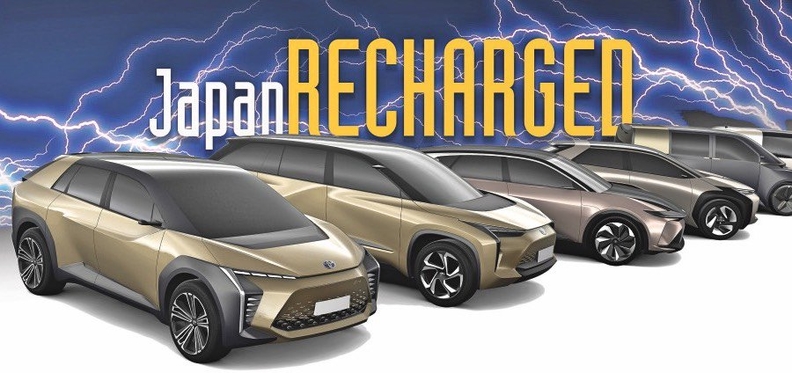TOKYO - To make its new portfolio of electric vehicles less costly to create and more efficient to build, Toyota has created a dedicated platform called e-TNGA - a play on the name of the company's Toyota New Global Architecture modular platform.
But it would have to be a flexible platform. Toyota now wants a wide spectrum of EVs to compete in the market.
"What I proposed was a platform idea like a radio-controlled model car, where you have a battery, motor and chassis that can be combined to produce different types of vehicles," project chief engineer Koji Toyoshima told Automotive News. "The parts of the car are all produced as modules."
Toyoshima divided the car into several modules, for the front, center, rear, battery and motor. The idea is to mix and match these building blocks into different body types.
That approach will support rear-wheel-drive, front-wheel-drive and all-wheel-drive layouts, Toyoshima said. And the platform can be scaled up or down to create small, medium and large vehicles.
The center module controls the size. It can be expanded to accommodate bigger batteries.
Those batteries will range from 50 kilowatt-hours to 100 kWh, Toyoshima said. They will be mated to two types of motors, small or medium. Motor output will range from 80 to 150 kilowatts.
Small EVs should achieve a fully charged driving range of 186 miles (300 km), Toyoshima said. For larger vehicles, such as an envisioned crossover, the range could reach 310 to 372 miles, Toyoshima said.
Initially, Toyota's EVs will run on lithium ion batteries. But Toyota is also banking on a breakthrough in solid-state batteries. That technology promises lighter, more powerful and safer batteries and could spur demand for the EVs by giving them greater range.
Toyota intends to show evidence of its progress in solid-state batteries next summer.

